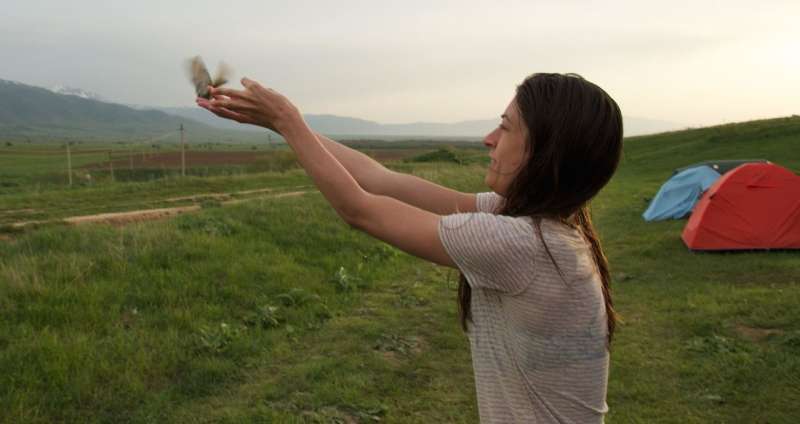How the house sparrows came to be

House sparrows are closely associated with humans and are found in most parts of the world. By investigating the DNA of several species of sparrows, researchers have shown that the house sparrow diverged from a sparrow in the Middle East – and started to digest starch-rich foods – when humans developed agriculture some 11,000 years ago.
The house sparrow (Passer domesticus), is a very familiar bird species. If you walk down the street of any major European town or city, you will see them hopping back and forth, picking up scraps of food and nesting in nearby buildings. They are also a common sight on farms and in the countryside. Our connection with sparrows goes further – they are mentioned in the Bible, in Chaucer's The Canterbury Tales and Shakespeare's Hamlet.
How is it that this small, charismatic bird has become so closely associated with us?
Researchers at the Centre for Ecological and Evolutionary Synthesis (CEES) at the University of Oslo (UiO) have been trying to answer this question by investigating the DNA of populations of house sparrows from across Europe and the Middle East. Teaming up with colleagues from Iran and Kazakhstan, they also investigated the Bactrianus sparrow, a subspecies found only in these regions.
The Bactrianus sparrow looks like a house sparrow, but is wild, avoids human contact and feeds on a very different diet. By comparing the DNA of the two sparrows, the team hoped to gain some insight into why one evolved to be closely associated with people while the other did not.
House sparrows came with the birth of agriculture
"Our findings suggest the house sparrows and Bactrianus sparrows probably diverged from each other about 11,000 years ago, around time that humans were developing agriculture in the Middle East," says researcher Mark Ravinet to Titan.uio.no.

"We also found evidence that the number of house sparrows greatly increased around 6000 years ago" he adds, speaking about a new paper from the team, published recently in the scientific journal Proceedings of the Royal Society of London B. This ties in well with previous suggestions that the movement of house sparrows into Europe was closely associated with the spread of early agriculture.
A close association with humans has had a profound effect on house sparrows. Earlier work by the team has shown that hybridization and gene exchange between the house sparrow and Spanish sparrow (Passer hispaniolensis) gave rise to the Italian sparrow (Passer italiae) in the Mediterranean. This likely occurred when house sparrows moved into Europe alongside early agriculturalists. But now the team have also identified evidence that suggests house sparrows have evolved specific adaptations to life alongside humans.
Adapting to an agriculture-based diet
"We found several genes which have experienced strong recent natural selection in the house sparrow," says Ravinet.
These include two genes right next to each other; one involved in skull formation and the other involved in starch digestion.
"The skull gene is interesting because we know that the house sparrow skulls and the Bactrianus sparrow skulls differ in shape," Ravinet explains, "but we were really excited to see the digestion gene there too."
Interestingly, this gene is closely related to genes which help both humans and dogs digest starch too and are thought to have helped them adapt to an agriculture-based diet. It seems then that just as the house sparrow has had an influence on our culture, we have played a role in shaping its biology. "We still have some way to go to investigate this further," says Ravinet, "but it is exciting to think that the evolution of a species so familiar to us is tightly linked to a major event in the development of modern human civilization."
More information: Mark Ravinet et al. Signatures of human-commensalism in the house sparrow genome, Proceedings of the Royal Society B: Biological Sciences (2018). DOI: 10.1098/rspb.2018.1246
Journal information: Proceedings of the Royal Society B
Provided by University of Oslo


















